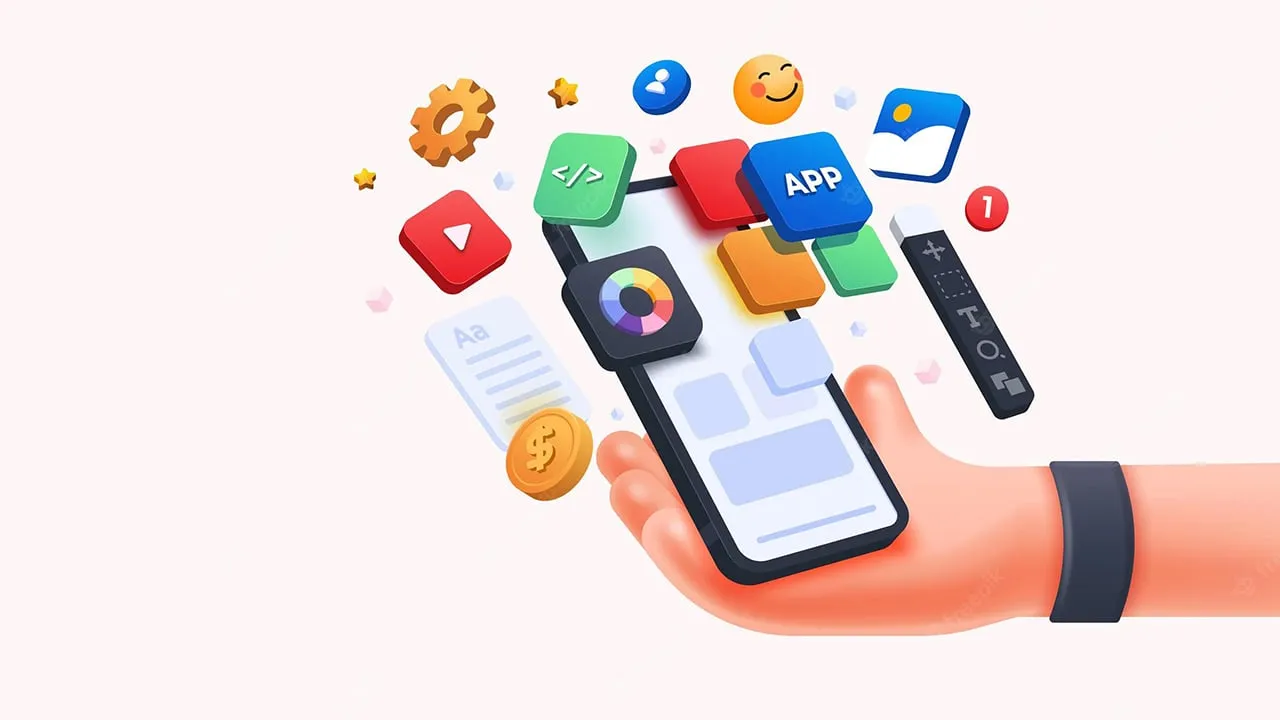5 Common App Development Mistakes and How to Avoid Them
In today’s digital world, mobile apps are key to business success and user engagement. As the app market grows, developers face challenges in creating successful, user-friendly applications. Whether you’re an experienced developer or a startup entrepreneur, knowing common pitfalls can make a big difference in your app’s success.
Let’s explore five critical errors that often derail app projects and learn how to avoid them.
Mistake #1: Neglecting User Research
Many developers rush into coding without understanding their users’ needs. This can lead to wasted time and resources on features that users don’t want or need.
Why User Research Matters
- Helps create apps that users actually want
- Improves user experience (UX)
- Reduces costs by focusing on essential features
- Leads to better app store ratings and reviews
How to Do Effective User Research
- Create user personas: Develop detailed profiles of your target users
- Conduct surveys and interviews
- Analyze competitor apps
- Use analytics tools to understand user behavior
- Implement A/B testing for different app versions
Remember, user research isn’t a one-time task. Keep gathering feedback throughout your app’s lifecycle to stay in tune with user needs.
Mistake #2: Overcomplicating the User Interface (UI)
A cluttered or confusing interface can frustrate users and lead to app abandonment. Keep it simple!
The Problems with Complex UIs
- Users get frustrated and stop using the app
- New users find it hard to learn how to use the app
- The app might run slower due to unnecessary elements
- It’s harder to update and maintain the app
Principles for Good UI Design
- Simplicity: Focus on essential features
- Consistency: Use similar design patterns throughout the app
- Hierarchy: Guide users through the app with visual cues
- Feedback: Let users know when actions are completed
- Accessibility: Make sure everyone can use your app
Popular apps like Instagram, Uber, and Spotify are great examples of simple, effective interfaces.
Mistake #3: Ignoring App Performance Optimization
An app that’s slow or drains battery life quickly won’t keep users happy. Over half of users uninstall apps that take up too much space, and 70% abandon apps that take too long to load.
Common Performance Issues
- Slow load times
- High battery drain
- Excessive data usage
- Frequent crashes or freezes
- Poor responsiveness
How to Improve App Performance
- Write efficient code
- Optimize images and other assets
- Use caching to store frequently accessed data
- Load content progressively (lazy loading)
- Minimize API calls
- Process heavy tasks in the background
Use tools like Firebase Performance Monitoring, Xcode Instruments (for iOS), or Android Profiler to track and improve your app’s performance.
Mistake #4: Inadequate Testing
Thorough testing is crucial for catching bugs and ensuring a smooth user experience. Skipping this step can lead to crashes, poor performance, and security issues.
Types of Testing to Include
- Functional testing
- Beta testing with real users
- Usability testing
- Performance testing
- Security testing
- Compatibility testing across devices
Tips for Effective Testing
- Start testing early in development
- Use both automated and manual testing
- Test on different devices and operating system versions
- Consider edge cases and unusual user behaviors
- Use analytics to identify and prioritize issues
Remember, testing is an ongoing process. Keep testing and improving your app even after launch.
Mistake #5: Poor App Store Optimization (ASO)
Even a great app won’t succeed if users can’t find it. App Store Optimization (ASO) helps your app rank higher in app store search results.
Key Elements of ASO
- App title and subtitle: Use relevant keywords
- App description: Clearly explain your app’s features and benefits
- Keywords: Research and use terms your target users are searching for
- Visual assets: Create attractive icons, screenshots, and preview videos
- Ratings and reviews: Encourage happy users to leave reviews
ASO Best Practices
- Avoid keyword stuffing
- Localize your app listing for different regions
- Update your app regularly
- Analyze your competitors
- Implement app indexing for better visibility in web searches
Conclusion
Creating a successful app involves more than just coding. By avoiding these common mistakes and focusing on user needs, performance, testing, and visibility, you’ll be well on your way to developing an app that users love and recommend.
Remember, app development is an ongoing process. Stay informed about new trends and technologies, and always be ready to adapt and improve your app based on user feedback and market changes.
At Apps Knight, we specialize in custom software solutions and digital marketing services. Whether you’re starting a new app project or looking to improve an existing one, our team of experts is here to help you navigate the challenges of app development and create outstanding digital experiences.
Excited to work together on your next project?
Ready to take your app to the next level? Contact Apps Knight today for a consultation and let’s turn your app idea into a success story!

